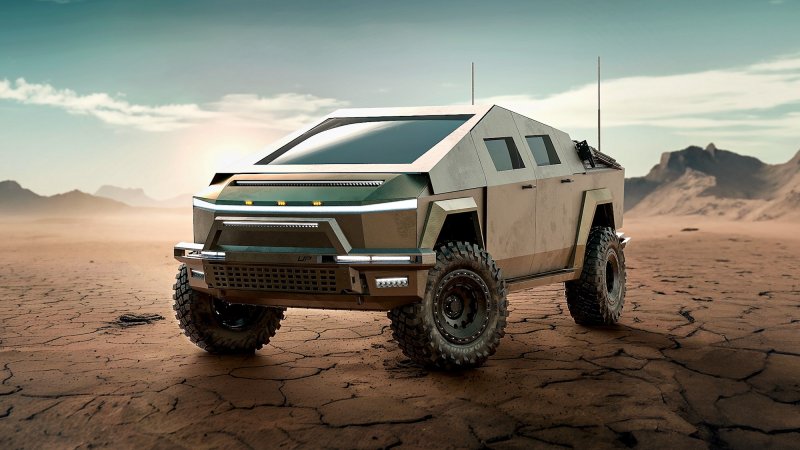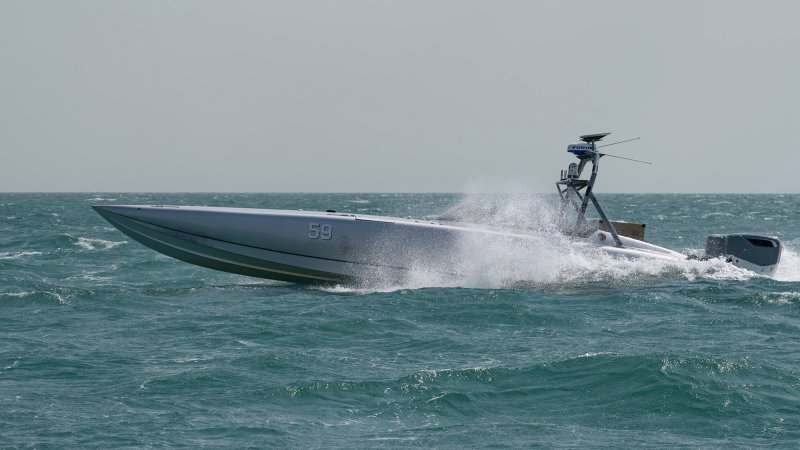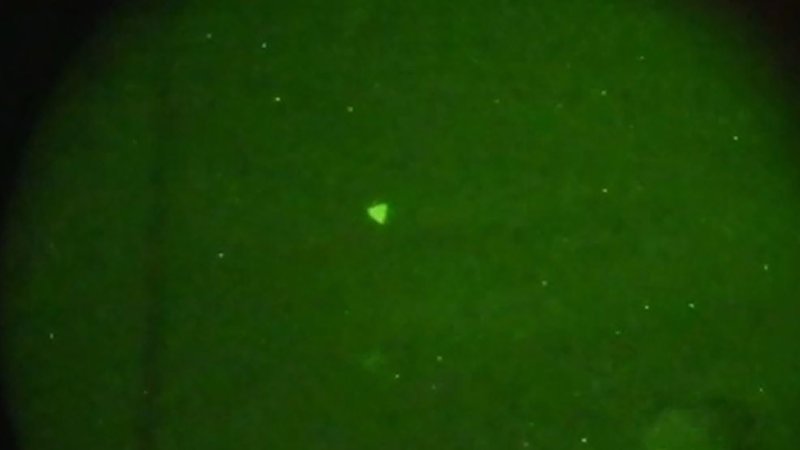Military
Explaining the software, tech, and design behind military tools, whether they're deployed on land, at sea, in the sky, or in space.
Explore Military
Latest in Military
Get the Popular Science newsletter
Breakthroughs, discoveries, and DIY tips sent every weekday.
By signing up you agree to our Terms of Service and Privacy Policy.



















